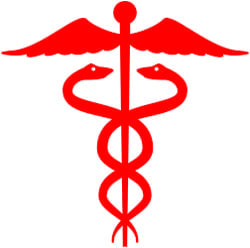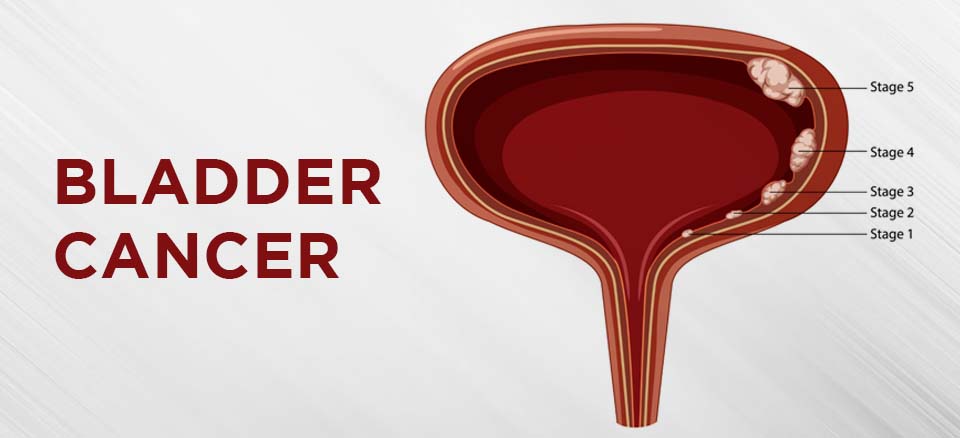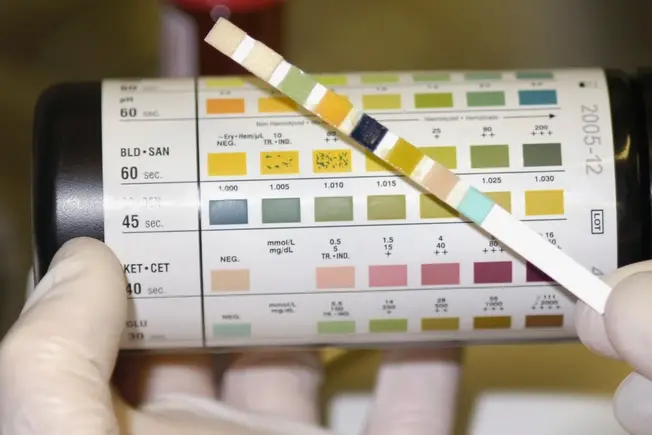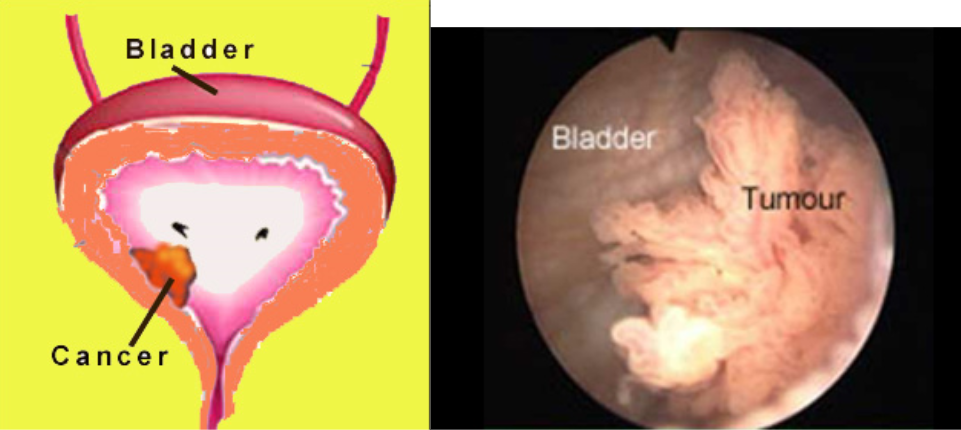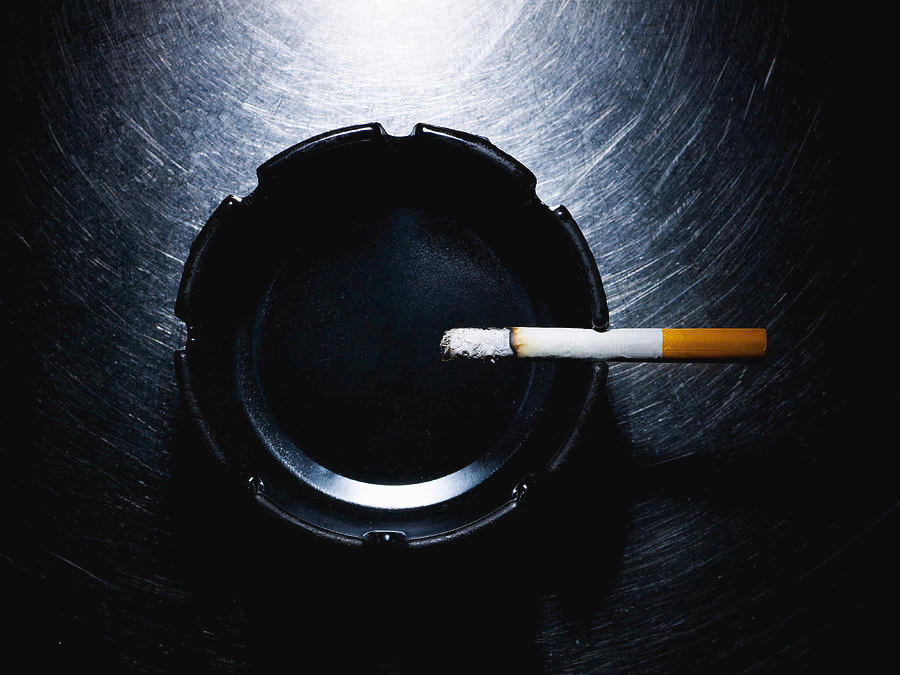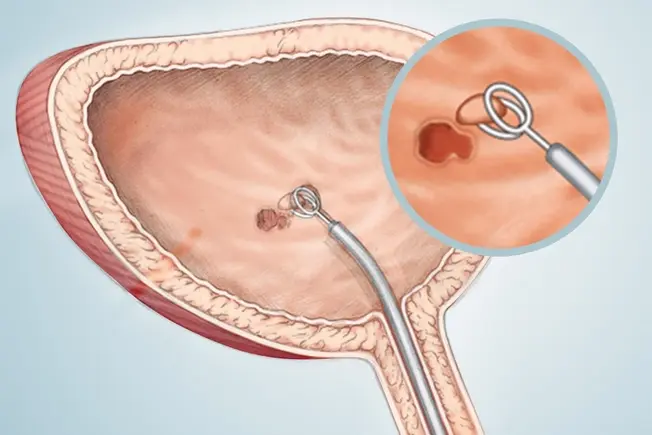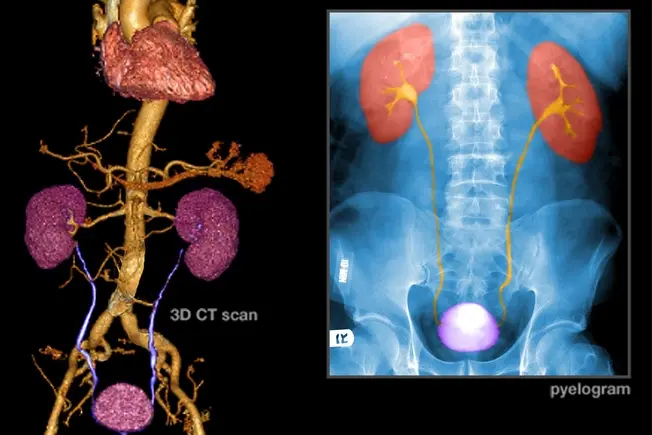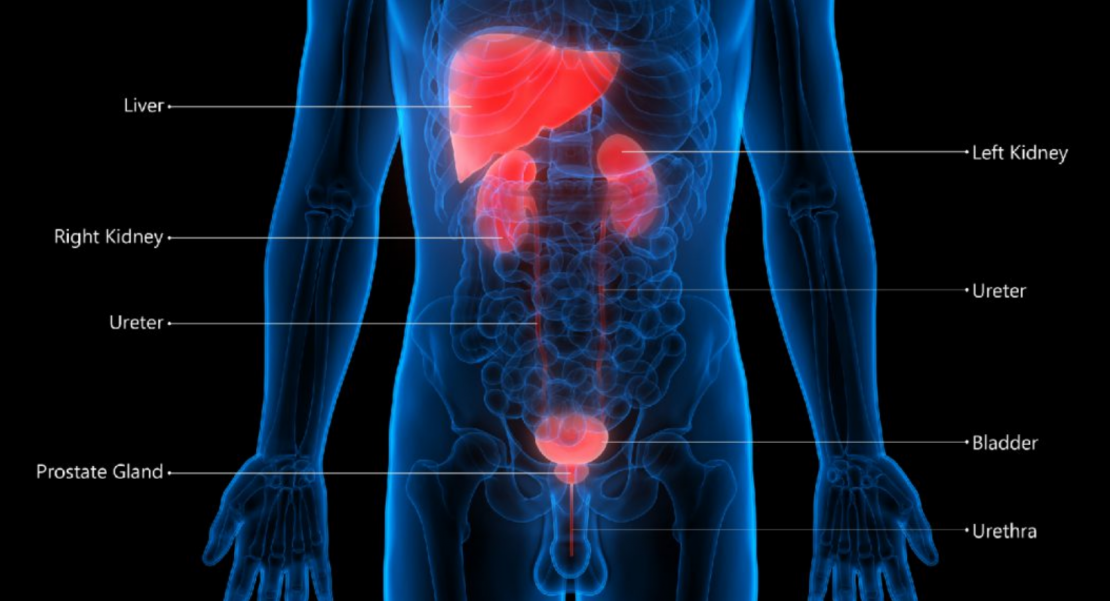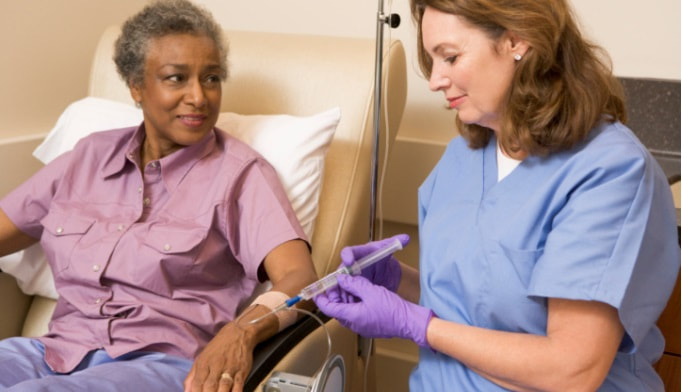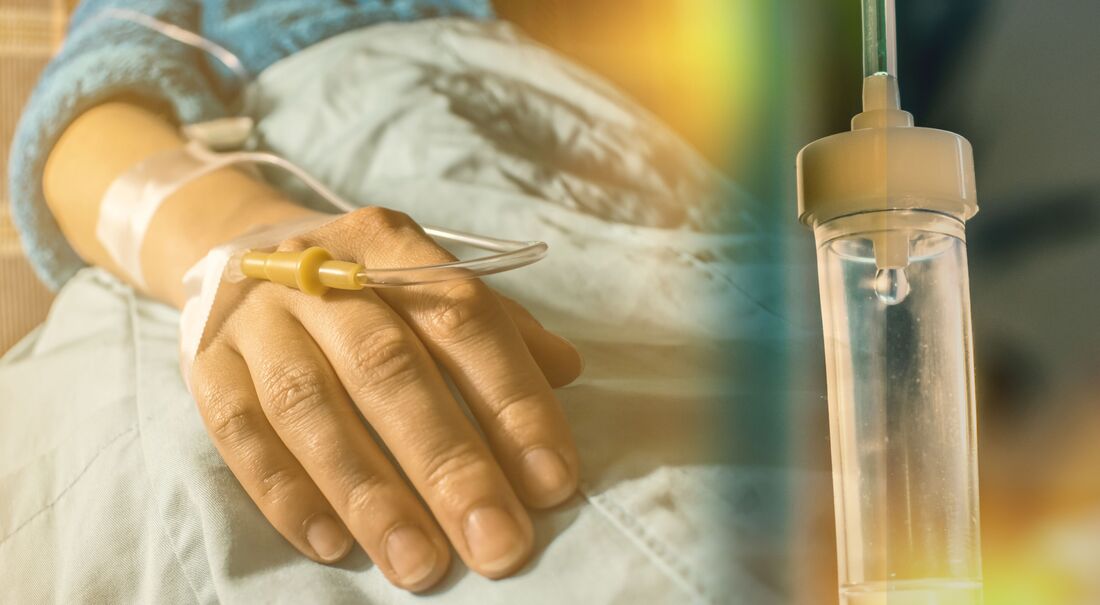Cancer is the growth of abnormal cells in the body. Bladder cancer typically begins in the inner lining of the bladder, the organ that stores urine after it passes from the kidneys. Most bladder cancers are caught early, when treatments are highly successful and the disease has not spread beyond the bladder. But bladder cancer tend to come back , so regular checkups are important.
Blood in the urine can be a sign of bladder cancer, either visible to the eye or picked up by routine testing. the urine may look darker than usual , brownish or ( rarely) bright red. Most commonly, blood in the urine are caused by cancer, but by other causes. These include exercise, trauma, infections, blood or kidney disorders, or drugs such as thinners(though they do not cause blood in the urine by themselves).
Bladder symptoms are more likely to come from other conditions other than cancer.
But bladder cancer can sometimes cause changes to bladder habits including:
* Needing to go with little or no results
* Having to go more often than usual
*Painful urination
* Difficulty urinating
Urinary tract infections or bladder stones can cause similar symptoms , but require different treatments.
But bladder cancer can sometimes cause changes to bladder habits including:
* Needing to go with little or no results
* Having to go more often than usual
*Painful urination
* Difficulty urinating
Urinary tract infections or bladder stones can cause similar symptoms , but require different treatments.
Although the exact causes of bladder cancer remain unknown, smoking is a leading risk factor. Smokers are about four times more likely to get bladder than people who never smoked. Chemicals in tobacco smoke are carried from the lungs to the bloodstream, then filtered by the kidneys into urine. This concentrates harmful chemicals in the bladder, where damage cells that can give rise to cancer.
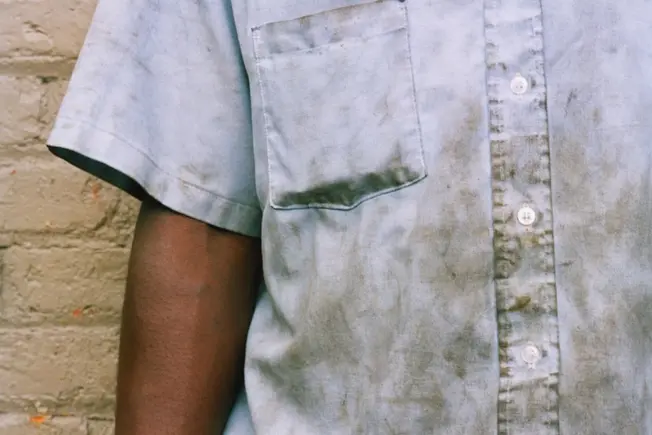
Research suggests that certain jobs increase your risk of bladder cancer. Metal workers, mechanics, and, hairdressers, are those who might be exposed to cancer causing chemicals.
If you work with dyes or making of rubber, textiles, leather rubber, or paints, be sure to follow safety procedures to reduce contact with dangerous chemicals.
If you work with dyes or making of rubber, textiles, leather rubber, or paints, be sure to follow safety procedures to reduce contact with dangerous chemicals.
Anyone can get bladder cancer, but these factors put you at greater risk:
* Gender: Men are three times more likely to get bladder cancer.
* Age: Nine of of 10 cases occur after 55.
* Race: Whites have twice the risk of African Americans.
Other factors at play include family history of bladder cancer, previous cancer treatment, certain birth defects of the bladder, and chronic bladder irritation.
* Gender: Men are three times more likely to get bladder cancer.
* Age: Nine of of 10 cases occur after 55.
* Race: Whites have twice the risk of African Americans.
Other factors at play include family history of bladder cancer, previous cancer treatment, certain birth defects of the bladder, and chronic bladder irritation.
There's no routine test for bladder cancer. But if you're at high risk or have symptoms, your doctor may first order a urine test. If needed, a procedure called cystoscopy lets your doctor see inside the bladder with a slender lighted tube with a camera on the end. The cystoscope can be used to remove small tissue samples (biopsy) to be examined under a microscope. A biopsy is the best way to diagnose cancer.
If cancer is found, the imaging test can show whether it has spread beyond the bladder. CT and MRI scan give you more detailed images of these, and can show you the lymph nodes nearby. An ultrasound uses sound waves instead of radiation to produce images. Additional imaging test look for cancer in the lungs and bone. An intravenous pyelogram uses dye to outline the kidneys, bladder, and uterus, the tubes that carry urine to the bladder.
The main types of bladder cancers are named for the types of cells that become cancerous. The most common is urothelial carcinoma( also called transition cell carcinoma), which begins in the cells that line the cells in the inside of the bladder. Squamous cell carcinoma and adenocarcinoma are less common.
Stages of Bladder Cancer
* Stage 0: Cancer stays at the inner lining
Stage 1: Cancer has spread to the bladder wall
Stage II: Cancer has reached the muscle of the bladder wall
Stage III: Cancer has spread to fatty tissue around the bladder and possibly certain lymph nodes. It may have also spread to the prostate in men and the uterus or vagina in women.
Stage IV: Cancer has spread to the pelvic or abdominal wall, lymph nodes or distant sites, such as bone liver or lungs.
* Stage 0: Cancer stays at the inner lining
Stage 1: Cancer has spread to the bladder wall
Stage II: Cancer has reached the muscle of the bladder wall
Stage III: Cancer has spread to fatty tissue around the bladder and possibly certain lymph nodes. It may have also spread to the prostate in men and the uterus or vagina in women.
Stage IV: Cancer has spread to the pelvic or abdominal wall, lymph nodes or distant sites, such as bone liver or lungs.
Treatment: Surgery
Transurethral surgery is most often done for early-stage cancers. If cancer has invaded more of the bladder, the surgeon will more likely perform a total cystectomy, removing the entire bladder and lymph nodes. For men the prostate and seminal vesicles may also be removed. For women , the uterus, fallopian tubes, ovaries , and parts of the vagina may also be removed.
Transurethral surgery is most often done for early-stage cancers. If cancer has invaded more of the bladder, the surgeon will more likely perform a total cystectomy, removing the entire bladder and lymph nodes. For men the prostate and seminal vesicles may also be removed. For women , the uterus, fallopian tubes, ovaries , and parts of the vagina may also be removed.
Treatment: Chemotherapy
Chemotherapy involves drugs designed to kill the cancer cells. These drugs may be given before surgery to shrink tumors, making them easier to remove.
Chemotherapy is also used to destroy cancer cells left after surgery and to lower the chances that the cancer will return. Hair loss, nausea, loss of appetite, and fatigue are common side effects. The drugs can be given by vein or directly into the bladder.
Chemotherapy involves drugs designed to kill the cancer cells. These drugs may be given before surgery to shrink tumors, making them easier to remove.
Chemotherapy is also used to destroy cancer cells left after surgery and to lower the chances that the cancer will return. Hair loss, nausea, loss of appetite, and fatigue are common side effects. The drugs can be given by vein or directly into the bladder.
Treatment: Immunotherapy
This type of treatment stimulates your immune system to identify and attack cancer cells. One treatment, bacillus Camelette Guerin(BCG) therapy sends in the helpful bacteria through a catheter directly to your bladder that triggers the immune system. BCG is used for cancers that haven't spread. Another type of therapy, immune checkpoint inhibitors, targets certain proteins on cancer cells.
This type of treatment stimulates your immune system to identify and attack cancer cells. One treatment, bacillus Camelette Guerin(BCG) therapy sends in the helpful bacteria through a catheter directly to your bladder that triggers the immune system. BCG is used for cancers that haven't spread. Another type of therapy, immune checkpoint inhibitors, targets certain proteins on cancer cells.
Complementary Approaches.
Currently, no complementary treatment are known to treat or prevent bladder cancer, but research is ongoing. Studies are looking at whether extracts from green tea, pomegranate, or broccoli sprouts, may help in treating people with bladder cancer.
Credit: WebMD
Currently, no complementary treatment are known to treat or prevent bladder cancer, but research is ongoing. Studies are looking at whether extracts from green tea, pomegranate, or broccoli sprouts, may help in treating people with bladder cancer.
Credit: WebMD
